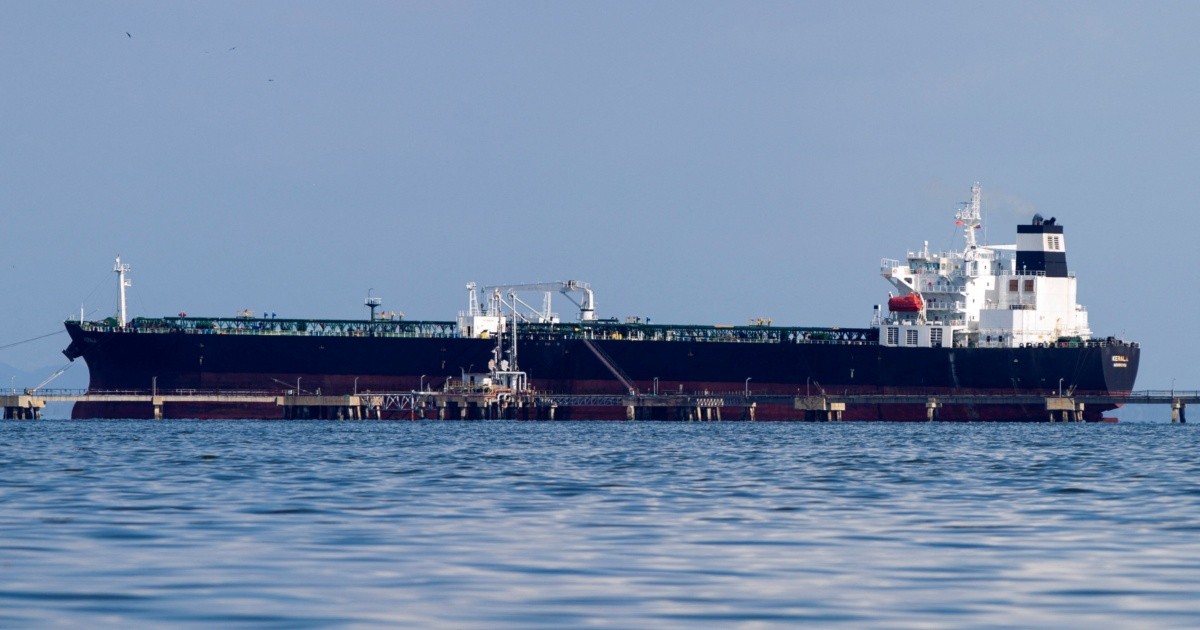The Economic Commission for Latin America and the Caribbean (Cepal) estimates that the value of regional exports of goods grew 20% in 2022. Said figure would have been driven by a 14% rise in prices and a 6% expansion in the volume exported.
According to the report ‘International Trade Outlook for Latin America and the Caribbean 2022’, the Commission indicates that the value of regional imports of goods also increased by 24%. As in exports, the bulk of the increase in the value of said regional activity is due to the price component.
The largest increases in the region were seen in countries such as Venezuelawith a rebound of 63%; Colombia, with 49%; Ecuador, with 32%; Bolivia, with 31% and Brazil, with 22%. For its part, Latin America and the Caribbean was 20%, only in the Caribbean it had an increase of 43%, while in South America it was 23% and in Central America 16%.
The regional exports of goods had their second year of growth at double-digit rates in 2022 after growing 27% the previous year. However, as in 2021, the expansion of shipments was mainly driven by external factors such as the rise in the prices of raw materials, particularly fuels, and not by the ability to increase the volume exported or to diversify the supply regional exporter to new sectors.
“In contrast to the slowdown in trade in goods, trade in services in the region shows a significant recovery, growing 45% in the first half of 2022 compared to the same period in 2021. This is mainly due to the reactivation of tourism, followed by under the category of other services, which include the so-called modern services”, reads the report.
Among the region’s main trading partners, it is estimated that exports to the European Union they were the most dynamic in 2022, with a growth in value of 26%. In addition, for the first time since 2015, the exports to china were the least dynamic, growing only 8%.
ECLAC warns that, in a context marked by the conflict in Ukraine, high inflation, lower growth, geopolitical tensions and the persistence of the pandemic, world trade will continue to slow down, so the volume of trade is expected to grow 1% in 2023.








